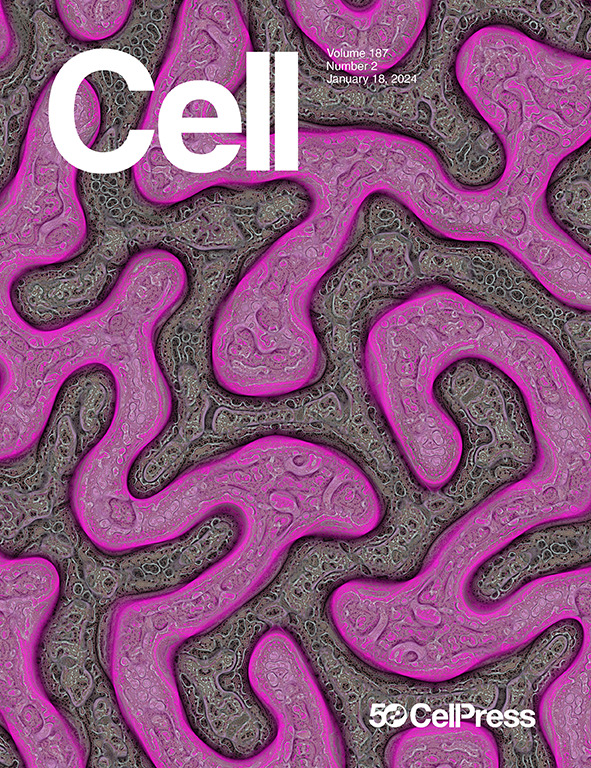Large language models deconstruct the clinical intuition behind diagnosing autism
IF 45.5
1区 生物学
Q1 BIOCHEMISTRY & MOLECULAR BIOLOGY
引用次数: 0
Abstract
Efforts to use genome-wide assays or brain scans to diagnose autism have seen diminishing returns. Yet the clinical intuition of healthcare professionals, based on longstanding first-hand experience, remains the gold standard for diagnosis of autism. We leveraged deep learning to deconstruct and interrogate the logic of expert clinician intuition from clinical reports to inform our understanding of autism. After pre-training on hundreds of millions of general sentences, we finessed large language models (LLMs) on >4,000 free-form health records from healthcare professionals to distinguish confirmed versus suspected autism cases. By introducing an explainability strategy, our extended language model architecture could pin down the most salient single sentences in what drives clinical thinking toward correct diagnoses. Our framework flagged the most autism-critical DSM-5 criteria to be stereotyped repetitive behaviors, special interests, and perception-based behaviors, which challenges today’s focus on deficits in social interplay, suggesting necessary revision of long-trusted diagnostic criteria in gold-standard instruments.

求助全文
约1分钟内获得全文
求助全文
来源期刊

Cell
生物-生化与分子生物学
CiteScore
110.00
自引率
0.80%
发文量
396
审稿时长
2 months
期刊介绍:
Cells is an international, peer-reviewed, open access journal that focuses on cell biology, molecular biology, and biophysics. It is affiliated with several societies, including the Spanish Society for Biochemistry and Molecular Biology (SEBBM), Nordic Autophagy Society (NAS), Spanish Society of Hematology and Hemotherapy (SEHH), and Society for Regenerative Medicine (Russian Federation) (RPO).
The journal publishes research findings of significant importance in various areas of experimental biology, such as cell biology, molecular biology, neuroscience, immunology, virology, microbiology, cancer, human genetics, systems biology, signaling, and disease mechanisms and therapeutics. The primary criterion for considering papers is whether the results contribute to significant conceptual advances or raise thought-provoking questions and hypotheses related to interesting and important biological inquiries.
In addition to primary research articles presented in four formats, Cells also features review and opinion articles in its "leading edge" section, discussing recent research advancements and topics of interest to its wide readership.
 求助内容:
求助内容: 应助结果提醒方式:
应助结果提醒方式:


